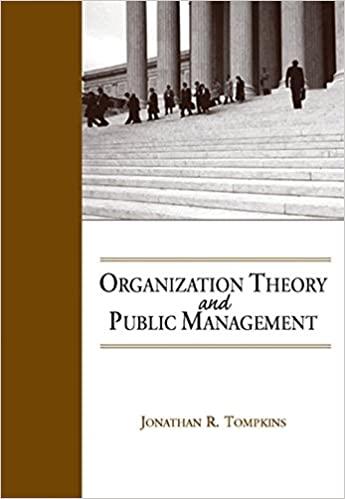Question
The state police set up a device to record the speeds of cars on a stretch of the PA Turnpike. The data collected are shown
The state police set up a device to record the speeds of cars on a stretch of the PA Turnpike. The data collected are shown to the left. The speed limit on the Turnpike is 65 mph. The fine for going 5 mph or less over the speed limit is $20. The fine for going between 5 mph and 10 mph over the speed limit is $50. The fine for going between 10 mph and 20 mph over the speed limit is $75. The fine for going between 20 mph and 30 mph over the speed limit is $100. The fine for going 30 mph or more over limit is $150. 550,000 vehicles use the Turnpike daily.
With electronic tolling, it is possible to determine, to the second, the time that a given car enters and leaves the Turnpike. Since the tolling data show where each car enters and exits the Turnpike, it's easy to calculate the average speed of every single car that uses the Turnpike. And that means that it's possible to automatically issue a ticket to every single car that speeds (or, at least every car that maintains an average speed greater than the speed limit).
The state legistlature is considering a plan under which drivers would not get points for speeding on the Turnpike (assuming they don't violate any other traffic laws) but would simply have to pay a fine for speeding. This would free up State Troopers from having to monitor traffic and would generate more revenue for the state since every speeding driver would be fined.
Assuming that the plan wouldn't change drivers' driving habits, how much revenue (per day) should this plan generate? (Show your work in detail through Excel functions below. Do not hard code numbers - I need to see how you obtained them.)
ronic tolling, it is possible to determine, to the second, the time that a given car enters and leaves the Turnpike. Since the tolling data show where each car enters and exits the Turnpike, it's easy to calculate the average speed of every single car that uses the Turnpike. And that means that it's possible to automatically issue a ticket to every single car that speeds (or, at least every car that maintains an average speed greater than the speed limit).
The state legistlature is considering a plan under which drivers would not get points for speeding on the Turnpike (assuming they don't violate any other traffic laws) but would simply have to pay a fine for speeding. This would free up State Troopers from having to monitor traffic and would generate more revenue for the state since every speeding driver would be fined.
Assuming that the plan wouldn't change drivers' driving habits, how much revenue (per day) should this plan generate? (Show your work in detail through Excel functions below. Do not hard code numbers - I need to see how you obtained them.)
Speed
74
69
67
64
63
49
71
75
66
64
67
54
66
76
70
69
52
66
77
71
70
71
72
67
72
70
70
68
68
74
75
75
76
57
73
71
71
74
70
58
67
73
67
65
55
74
67
67
71
87
72
75
68
68
74
71
________ (First two digits behind the decimal: 09)

How do we determine the expected value for each category of the fine?
How are the expected value for each category 50, 200, 150, 100, 150 and 1 determined? How do we calculate them?
calculate the fines for each category:- Fines=500+20020+15050+10075+150100+1150=38,000 multiply the total fines by the number of vehicles to get the daily revenue:- dailyrevenue=38,000550,000=20,900,000,000 The estimated daily revenue should be $20.9 billionStep by Step Solution
There are 3 Steps involved in it
Step: 1

Get Instant Access to Expert-Tailored Solutions
See step-by-step solutions with expert insights and AI powered tools for academic success
Step: 2

Step: 3

Ace Your Homework with AI
Get the answers you need in no time with our AI-driven, step-by-step assistance
Get Started


